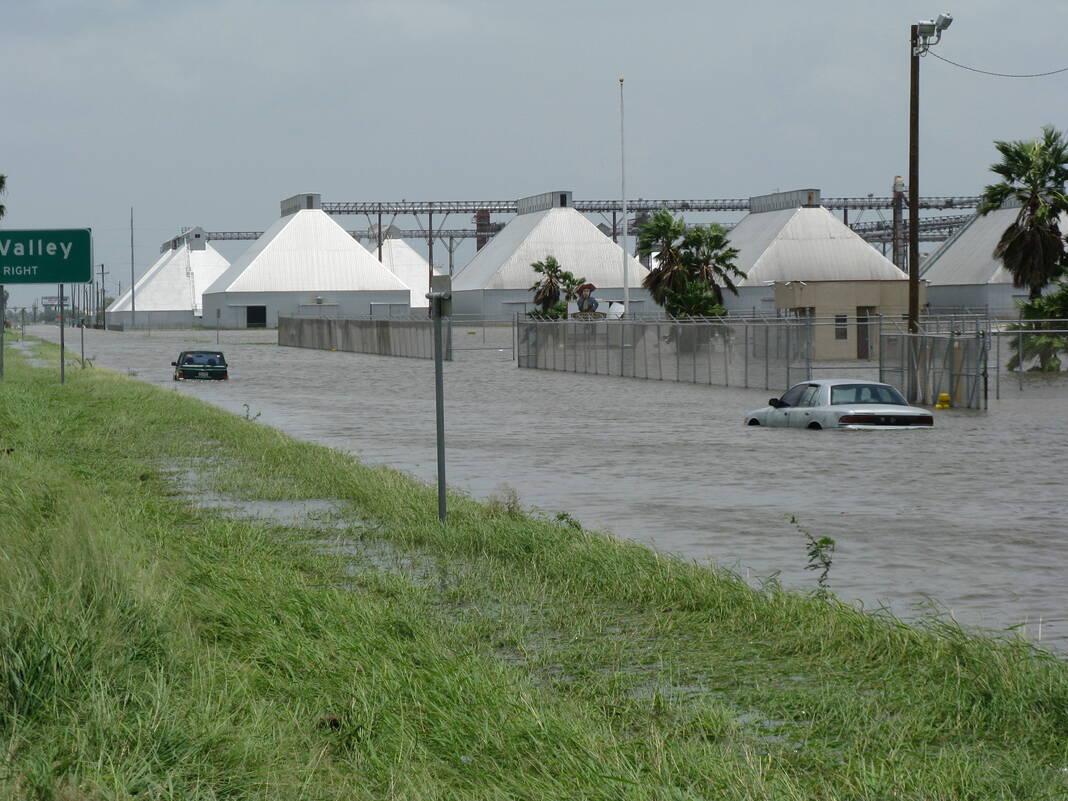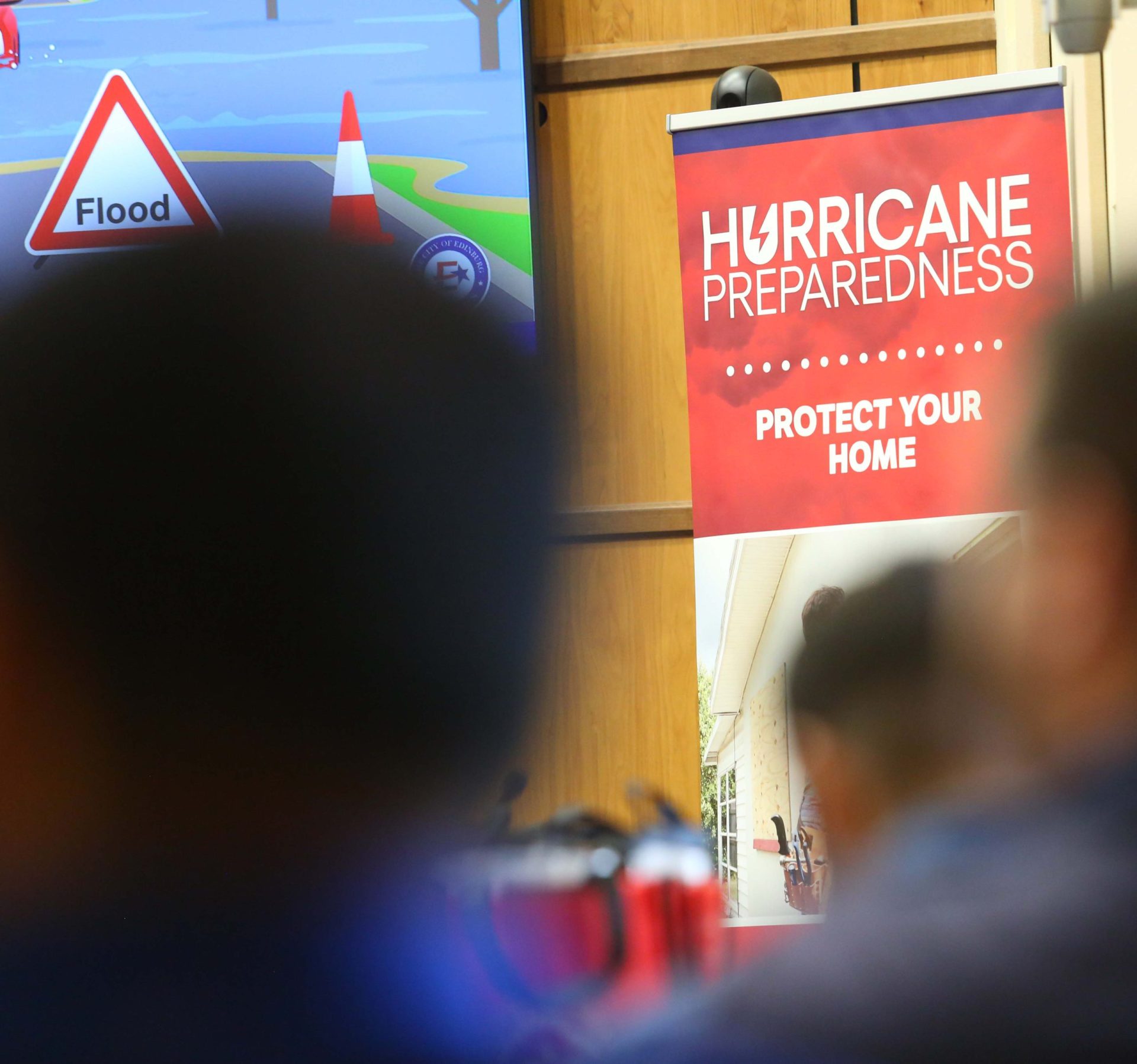|
Only have a minute? Listen instead
Getting your Trinity Audio player ready...
|

Hurricane season begins Saturday, and forecasters say the storms that have devastated parts of north and east Texas in past two weeks could be signs of things to come.
The Rio Grande Valley is the terminal point of the Atlantic hurricane corridor, so local residents already are familiar with the annual reminders to make the necessary preparations: have canned goods and other non-perishable commodities available as well as batteries, flashlights and something to hold enough water to last a few days. Make sure you know where important documents are and keep them in a waterproof bag or container; remember to include them in any provisions bag that will be taken if an oncoming storm makes evacuation necessary, such as birth certificates and passports, credit cards and other financial tools and information that might be needed when one has to leave home.
One important matter that often gets overlooked is the need to include insurance documents — both personal and for your property — in that package. It’s also a good idea to check those policies to make sure they are current — and adequate.
The National Oceanic and Atmospheric Administration predicts that La Niña will develop this summer. La Niña is a period of stronger trade winds across the Atlantic Ocean that increases the chance that storms will form. NOAA says this hurricane season has an 85% chance of having more, and possibly stronger, storms than normal.

Of course, we don’t know if, or how many, of those storms might reach South Texas. National Weather Service meteorologists say our current dry conditions could persist for another month or more. That’s not good news for an area that’s been suffering severe drought conditions that have depleted Rio Grande reservoirs, or primary source of city and agricultural water, to critical and near historic lows.
So we certainly could use a wetter than normal summer. However, we can do without the flooding that often accompanies rainstorms.
Longtime Valley residents are well aware that while wind damage from major storms can be severe, flooding often causes even worse damage. Both can make adequate property insurance invaluable.
Recent cost-of-living increases, however, could affect coverage. The higher cost of repairing homes and replacing lost items makes insurance increasingly valuable. Some Valley residents don’t buy it — even though the state mandates flood insurance in coastal areas such as ours — because they chafe at the high premiums. Rising costs of construction materials and services, furniture and other major items, however, makes it more difficult to recover from a storm without help.
Thus, people who don’t have storm insurance should consider getting it before the next storm hits. And those who do have coverage should review their policies, with help from their agent or broker if needed, to make sure the policy is not outdated, inadequate, or doesn’t cover any recent purchases or home renovations. new purchases are covered.
Storm preparation is a rite of summer for many Valley residents. We need to make sure that it isn’t a mere cursory exercise, however, but thorough enough to reduce the risk of surprises if a storm makes it to our shores.




